Gardening in small spaces
by Megan Marolf | May 13, 2020 | Seniors and gardening, The benefits of gardening, Gardening with limited space | 0 Comments
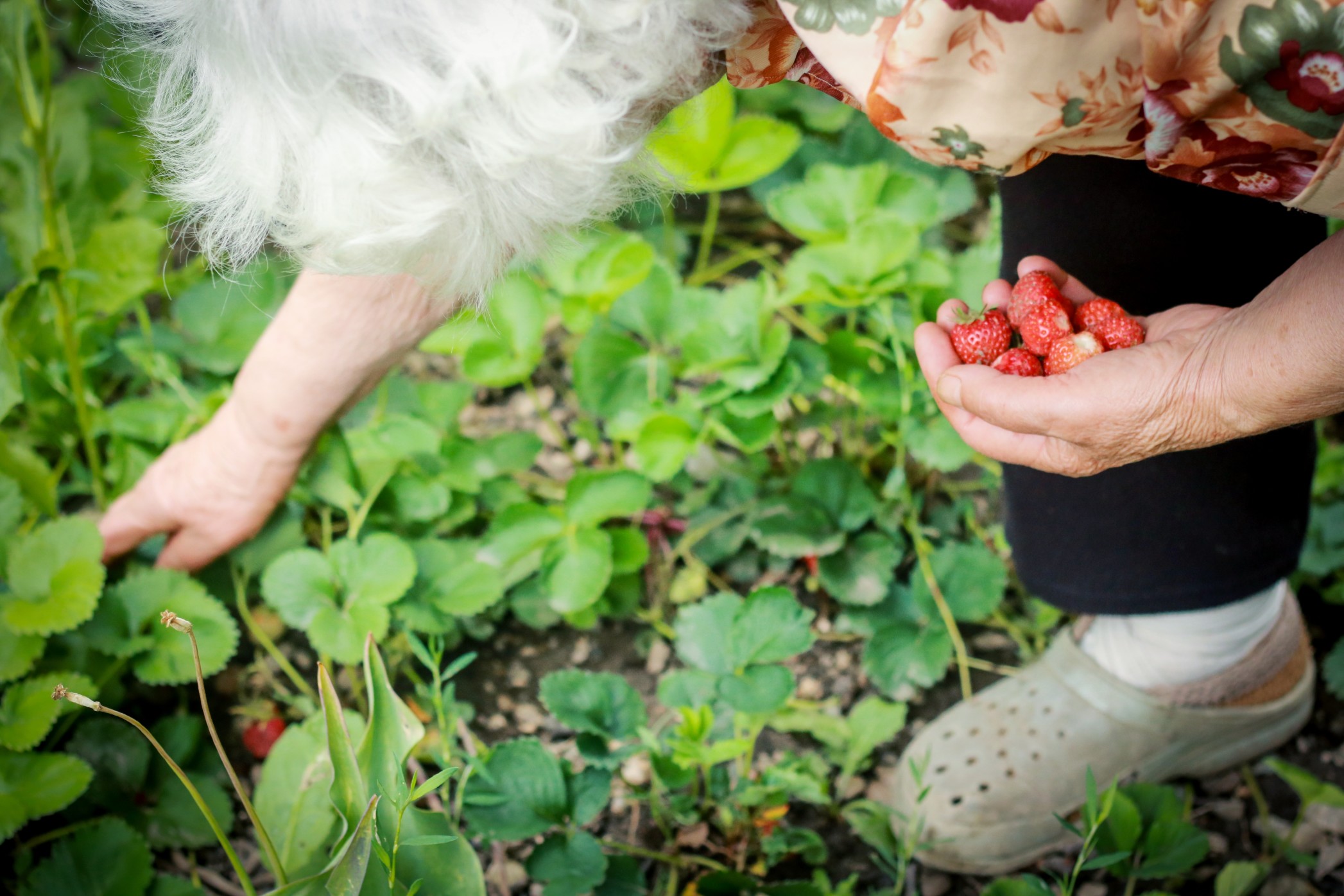
For many of us, this is the most time we’ve ever spent at home with ourselves or with our families. So it begs the question, what to do with the extra hours once work is finished and appealing choices on Netflix have run out?
Whether you have a green thumb or a black thumb, an apartment, a room in a nursing facility or your own home, gardening on any scale can be a rewarding hobby. The mental and physical benefits of gardening can range from higher self-esteem, to a decreased risk of dementia, not to mention the actual nutrients of fruits and vegetables. And in regards to your pantry, tending to an edible garden could mean less trips to the grocery store and a little more food security.
Here are some tips for getting started with a small-scale garden, whether the seeds you plant or starts you adopt will grow in pots or in beds.
Set the stage
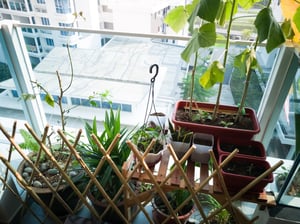 You might already have an idea in mind, but think about where would work best to start a garden in your home. Is it out on your porch where your plants will get plenty of light, or along the side yard where space is limited but light abounds? If you live in a small apartment with no balcony, then a few potted herbs on the window sill might be the most you can do.
You might already have an idea in mind, but think about where would work best to start a garden in your home. Is it out on your porch where your plants will get plenty of light, or along the side yard where space is limited but light abounds? If you live in a small apartment with no balcony, then a few potted herbs on the window sill might be the most you can do.
People are getting pretty creative these days, from hanging plants that house lettuce, to herbs that grow in canvas organizers formerly meant for shoes.
Choose the one(s)
Next, pick the vegetable, herb or fruit that would work best in that environment. A tomato plant can thrive on a balcony with plenty of light and protection, but not in a shady corner of your yard. Fruit such as strawberries can grow surprisingly well in an indoor environment. Salad greens and herbs don’t require as much light or attention as some other plants, besides consistent watering.
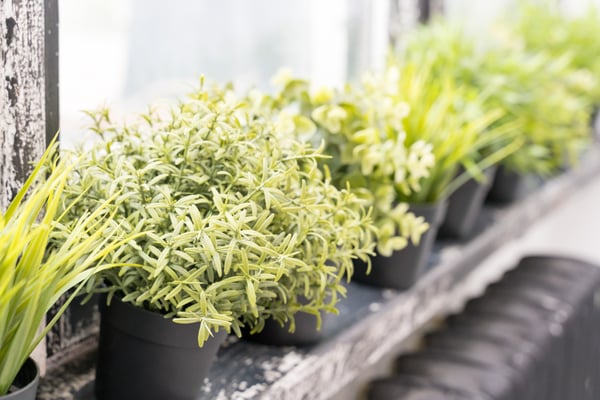
Plant in the appropriate environment
Just like any living creature, it’s important for a plant to live in the right environment in order for them to thrive. A cherry tomato needs a planter with a wide base, while carrots need a tall container to grow their roots. Keep in mind the material as well, in case you need to repot (a large ceramic pot will be more difficult to maneuver).
Use the right kind of potting mix that aerates the soil, since soil can become compacted in planters versus in garden beds where there’s more space available.
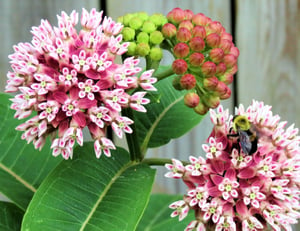 Other considerations
Other considerations
Watering is the most important factor in gardening care. As with most plants, a good way to tell is to stick your finger an inch or two into the soil, and if it comes out dry, then it needs some hydration. A brief internet search can tell you how much a particular plant needs and how often. Adding a watering schedule to your calendar can ensure no fruit or veggie goes thirsty.
If you really want to get savvy, you could plant flowers that bloom along with the vegetables that you planted. This helps to attract pollinators to the vegetables, and to give birds and bees a much-needed food source. Milkweed, for instance, is a great attractor of monarch butterflies.
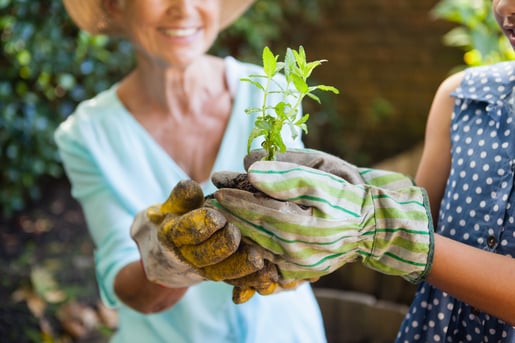
Garden stores and nurseries can be a great source of information for recommendations on soil types and all sorts of intel once they open their doors again.
If you don’t have the time or desire to garden but still have an affinity for cultivated greenery, there are other ways to get a green fix. Several botanical gardens around the world are offering virtual tours of their spaces at the moment, including the orderly hedges of France’s Versailles, huge palms at the Hawaii Tropical Botanical Garden, and fields of tulips at the Keukenhof park in Holland.


0 Comments